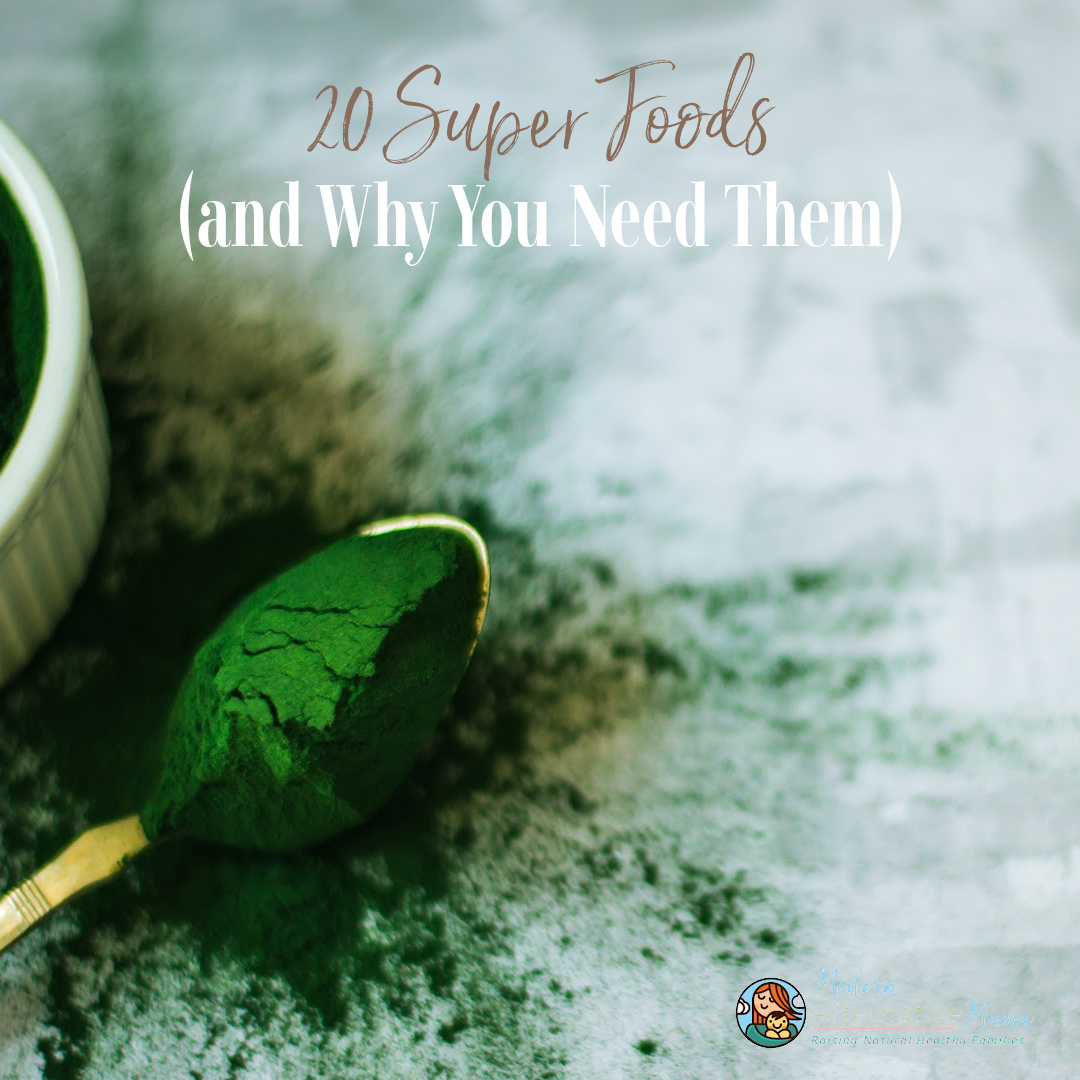Image Credit
If you’ve been around for awhile, you know that I sprout my grains. Doing so increases their nutritional content while reducing phytic acid (an anti-nutrient). This makes grains much healthier to consume, and much easier on those who have allergies. In fact, my children have been dubbed “gluten intolerant” and do not handle regular whole grains at all, but are just fine with sprouted grains. It’s allowed us to live a relatively “normal” life again! (Click the link for a tutorial on how to sprout.)
But baking with sprouted grains isn’t quite the same as baking with unsprouted, as I’ve learned. You can’t just swap out regular flour for sprouted in every recipe. It works well in some but not all. Plus there’s the issue of how much you sprout your grains and how that affects the recipes.
The thing is, sprouting the grain “predigests” it and starts to break it down (because, you know, all the nutrients are being released and all the energy is going to growing that new plant). This means that, depending on how much you sprout it, the entire grain could become mushy, which would make your baked goods overmoist, unrisen, and basically inedible. Luckily this only happens if you oversprout your grains or use a recipe that just isn’t suited to grain sprouting.
So how do you bake with sprouted grains well?
You can buy sprouted breads if you’re not yet ready to mess with this! 🙂
First, let’s talk about how much you should sprout them, for both maximum health benefits and ideal baking properties. I did a series of experiments on this.
1/8″ sprouted — Offered no reduction in intolerance issues, but baked just like regular whole grains. (No good.)
1/4″ sprouted — Offered some reduction in intolerance, baked about like regular whole grains. (Not bad.)
1/2″ sprouted — Offered complete reduction in intolerances, baked slightly differently than regular whole grains. (This is my favorite).
1″ sprouted — No issues with intolerances, but was impossible to do yeasted breads and quick breads were a bit too moist/dense. (Workable, but not ideal.)
2″ sprouted — No issues with intolerances, but produced overly dense, nearly inedible baked goods, even quick breads. (No good.)
Ideally, your sprouts need to be 1/4″ – 1/2″ long for ideal baking. 1/4″ is better for yeasted breads, while 1/2″ is better for quick breads. This is because if the gluten is partially broken down, it can’t develop to give the breads their nice shape and texture, so it results in flatter, denser breads.
The yeasted exception that works well regardless is pizza, because it doesn’t need a second rise, and it’s meant to be dense and chewy when it’s done.
Here are some tips on working with sprouted flour:
- Grind the flour finely enough: If the flour is too coarse, your results will vary from crunchy/grainy to absolutely unworkable. Pie crust attempts with coarse flour simply crumbled apart. Start with finely ground flour for best results.
- Grind as needed: This isn’t really to make it work better, but because any fresh-ground flour is much healthier for you. Flour that is ground and not stored in the freezer goes rancid and loses most of its nutrients in just 3 days! If you do grind ahead of time, store it in the freezer and use up within a month.
- Use enough fat: When I tried baking with little fat, the results didn’t rise well and were grainy/dry. Changing the recipes to include more fat resulted in a softer result. This is true with any baked good, but especially pronounced with sprouted flour.
- Use cultured dairy often: If possible, use buttermilk, yogurt, or sour cream in baking. This lends help with the rising and adds fat to soften the baked goods. This is one way I am able to make my sprouted goods indistinguishable from “regular” ones.
- Consider cutting with unbleached white flour: only for especially delicate pastries, like pie crust. Sprouted flour is delicate, too, so when you bake something delicate with it, well…in my experience it’s been all put unworkable! I’ll keep trying, but especially for newer bakers, just use about 1/2 unbleached white flour.
- Use the right sprouted length: If you’re just baking your average quick bread (any muffins, pumpkin bread, etc.), then anything up to about 1″ sprouted will work fine. But if it’s yeasted, absolutely no longer than 1/2″. If it’s delicate, no more than 1/4″.
I have several sprouted grain recipes on this site that are tried and true, including biscuits, pumpkin bread, muffins, and more. I have several more in my cookbook, In the Kitchen: Real Food Basics if you’re interested!
Do you sprout your grains? Do you have any additional ideas on baking with sprouted grains?






Kate, it's probably just a problem with my mill, but have you had any trouble milling your sprouted wheat?
thanks for this info. I recently have sprouted my grains. I've had trouble making yeast bread with sprouted grains. It doesn't rise. I MIGHT try sprouting to 1/4- 1/2 in. But for now, I'll just soak for my bread and sprout for muffins, cookies and such.
I applaud what you're doing and the detailed analysis you've given to understanding this fairly complex use of sprouted grain in baking. I find there is so little consensus out there on sprouting and that may be a good thing but I'd love to get together sprouted bakers from all over to discuss, share and even bake our breads in this rather challenging but well-worth-the-effort sprouted wheat bread.
Our kitchen is in Pennsylvania. I'm hoping maybe something can come together in the late fall of this year. Nothing too formal, just a gathering of those of us who think this is important and support its growth. And with any luck, maybe it can grow and our message can grow with it. Sprouted wheat – the only bread worth eating… (Or something like that…)
If interested contact me and tell others,
Thanks –
baker@columbiacountybread.com
Hi. I’ve found your website to be very interesting and informative; thanks so much for taking the time to share your experiences. I’ve been doing some sprouting over the last month in an attempt to make sprouted grain bread – on a dare from a dietitian. The first batch I tried, I sprouted, dehydrated and then ground the grain into flour, but ended up with a rock-hard loaf of bread; I’m still not sure about why I got that result, so I’ll probably try again sometime. Even though the loaf was rock hard, we ate the whole thing because of its amazing flavour! Since then, I’ve been experimenting with not dehydrating the grains; just using the sprouted grains, mashing them in a food processor and continuing from there. The results have been pretty good; a bit inconsistent, but still very good. My sprouting (length of sprout used) has been equally inconsistent, so I’m not surprised. Each time I’ve made the bread, though, even when it came out kind of flat, we have totally enjoyed the flavour of the bread – I’ve added sunflower, sesame, and flax seeds to each loaf. It’s just so yummy and I’ve noticed that my body likes this bread way more than the whole grain, high-fibre bread I’ve made for years. My only concern about the direct-from-sprouted breads I’ve been making is that I need to add vital wheat gluten to the mix to make it work. I’d like to replace that ingredient with something else less expensive. (I’m not concerned with the gluten itself, as I”m not wheat intolerant and I noticed that even the sprouted grain loaves sold in the store that celiacs eat has added gluten in them.) I bought some guar gum, thinking that it would work to bind the wheat like gluten, but I couldn’t add it once I saw what it did in water! (Even though I’ve experimented several times, each experiment, I’m hesitant to try something so drastic that might make the bread inedible, since it’s a bit of time commitment!) If you have any ideas on this, I’d really appreciate hearing about them. I also like the idea of bakers meeting to share results/baking, but I’m kind far away from Pennsylvania, living here in the interior of British Columbia. It sounds like a great idea, though!
Question: do you have a source for the note that flour looses most of it’s nutrients within three days of grinding? I’m hoping to give sprouted pancake mix as a holiday gift this year but if the flour is rancid before I can give it, what’s the point?
Here is a very interesting link on the subject: http://www.thefreshloaf.com/node/8800/nutrition-flour-after-being-milled
None of your reciepe links are working.